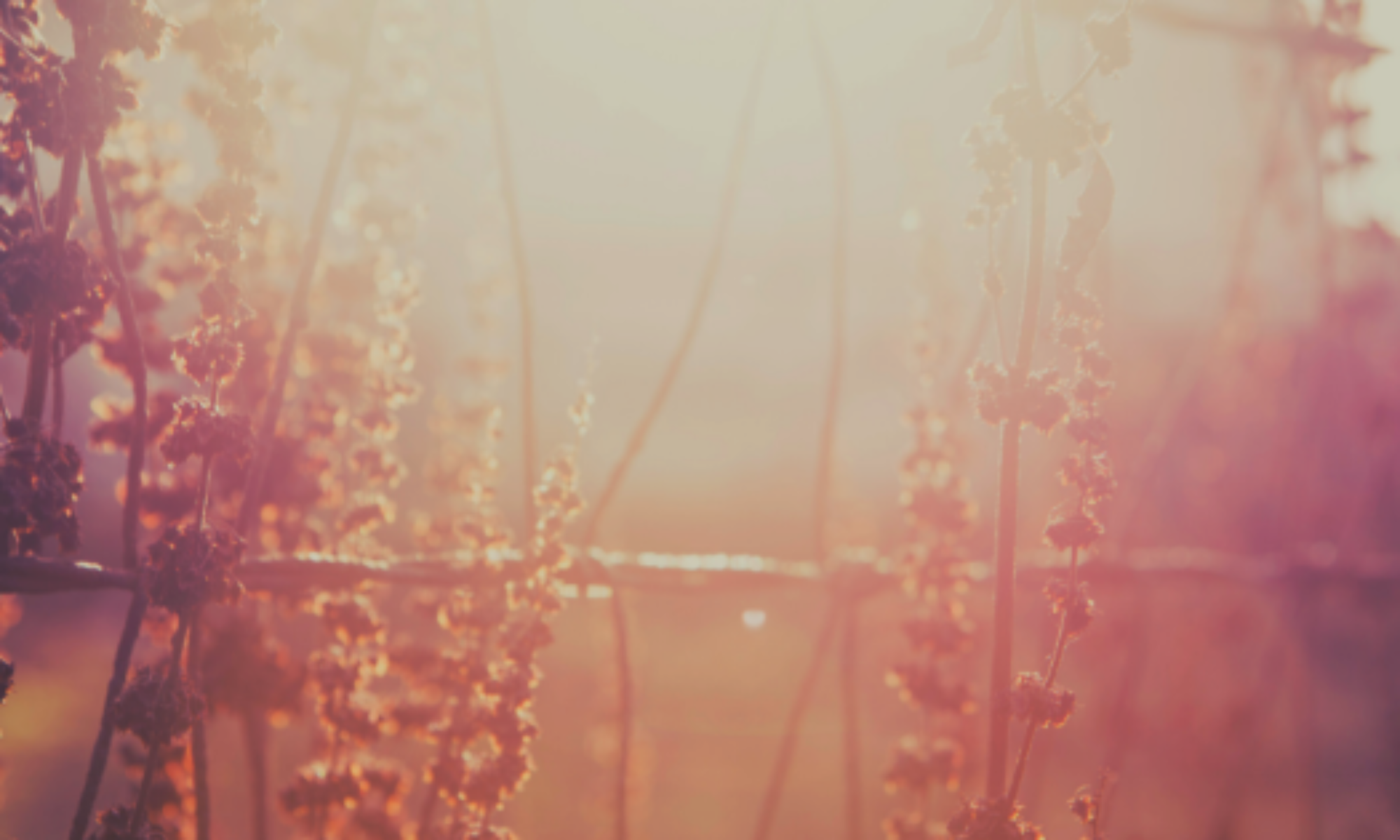God will say, “I have long been silent;
yes, I have restrained myself. But now,
like a woman in labor,
I will cry and groan and pant.
I will level the mountains and the hills
and blight all their greenery.
I will turn the rivers into dry land
and will dry up all the pools.
I will lead blind Israel down a new path,
guiding them along an unfamiliar way.
I will brighten the darkness before them
and smooth out the road ahead of them . . .
Isaiah 42:14-16
For Lent 2017, my church focused on the Lord’s Prayer. When we explored the first line, “Our Father, Who are in Heaven / Hallowed Be Your Name,” we asked what it means to be invited to embrace God as Our Father, someone who is intimately close to us and yet unimaginably holy: someone infinitely other and set apart.
This passage in Isaiah, however, imagines God not as Father, but as a Mother who is by turns fearsome and tender. God is in labor, but giving birth to tremendous destruction. There’s an almost primal rage in his statement that he has restrained himself until this point, but now gives himself over to his world-unmaking cries and groans. He will raze the enemy’s land to the ground, leaving nothing behind but famine and desolation. No regrets and no mercy. (Note: Pronouns are tricky things. Even though I’m writing about God as Mother, I find myself defaulting to the “he” and “him” I grew up with and feel most comfortable with. But I don’t believe God can be contained or constrained by any one pronoun, or indeed, by any human category or experience.)
Yet in the very next line, this same God displays nothing but tenderness towards “blind” Israel. From his words, I picture a mother leading her child by the hand through a dark night, stopping periodically to clear the path of pebbles or dust, shining a flashlight ahead of her to light the way.
How to connect these two images of God, two very different sides of what is apparently the same coin? I’m not a theologian, but here’s how it makes sense in my head and heart: I imagine what God is offering his people in this passage is permission not to look back, not to remain hostage to the land in which they were held captive. He’s destroying the specter that could haunt them, that could keep them imprisoned in their minds and spirits even as their bodies are newly free. Maybe what God is birthing here – and let’s remember, birth is a violent, messy business! – is a way out of the trauma of the past. Look ahead, God is saying. I’ve made sure there’s nothing behind you that can harm you or keep you trapped in regret and shame. Walk with me into the new life I’m preparing for you. You don’t know what it is yet, but it’s welcoming and full of light . . .
